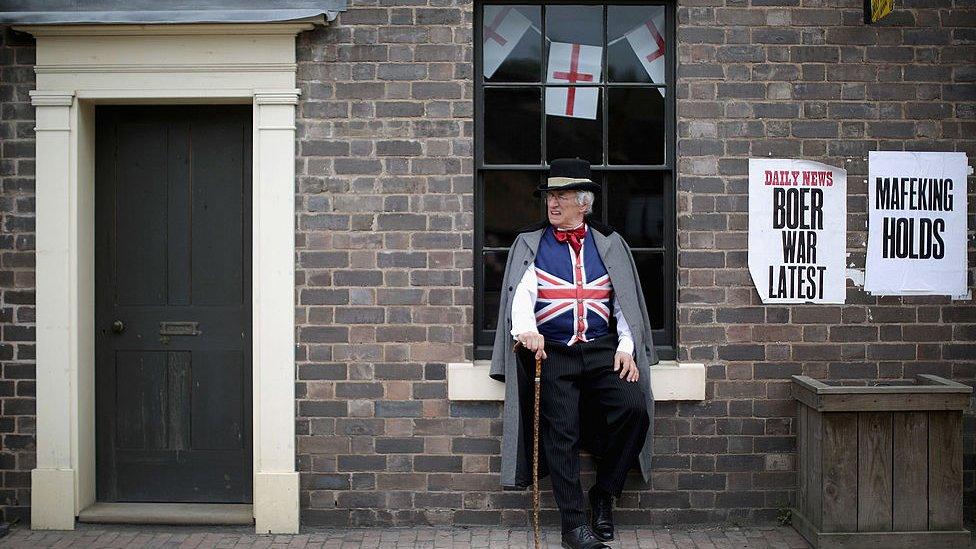Plan 'vital' to protect future of Ironbridge museums
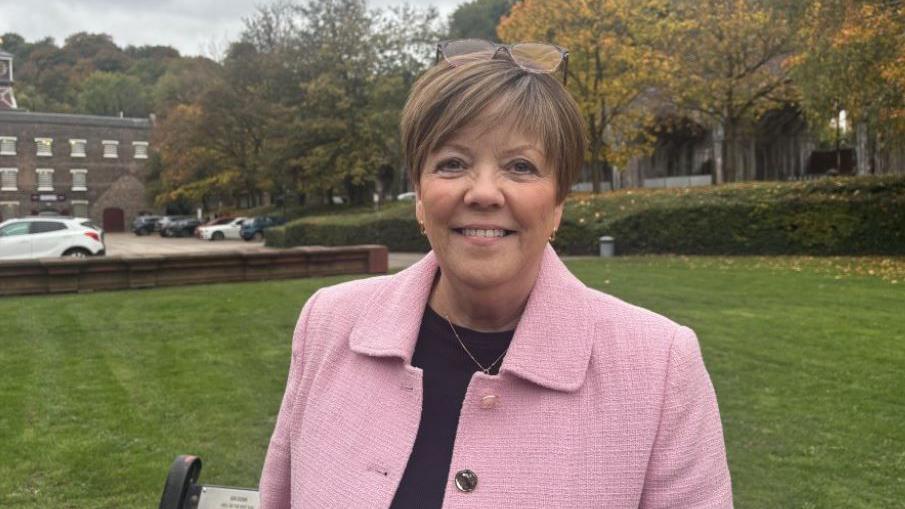
Karen Davies said she hopes the National Trust can increase visitor numbers
- Published
The interim boss in charge of the Ironbridge Gorge Museum Trust says the new plan to protect the sites was "vital" after visitor numbers fell.
On Thursday it was announced the National Trust would be taking over the running of its 10 museums and 35 listed buildings and scheduled monuments, with the help of £9m from the government.
Karen Davies, the trust's interim chief executive officer, said the last five years had been "very difficult" and visitor numbers "were just not returning to pre-Covid levels".
She said the museums were "not about to go bump", but added: "We recognised to protect the historic assets for the medium to long-term future, it was absolutely vital we put a plan in place."
The Ironbridge Gorge has been described as the birthplace of the industrial revolution, and one of the attractions is the original blast furnace where Abraham Darby I perfected iron smelting.
His innovations, and those of the "iron masters" who followed him, are widely recognised as being the catalyst for the building of the bridges, railways and machinery of the modern world.
The museums tell the story of those achievements and of the Industrial Revolution and since 1967 the area's heritage has been overseen by the Ironbridge Gorge Museum Trust.
But Ms Davies said visitor numbers had fallen from approximately 450,000 before the pandemic to just under 300,000 last year.
She said ideally, to be sustainable, that figure needed to be 500,000.
For that reason, she said the museum trust had spoken to "lots of organisations" to seek help.
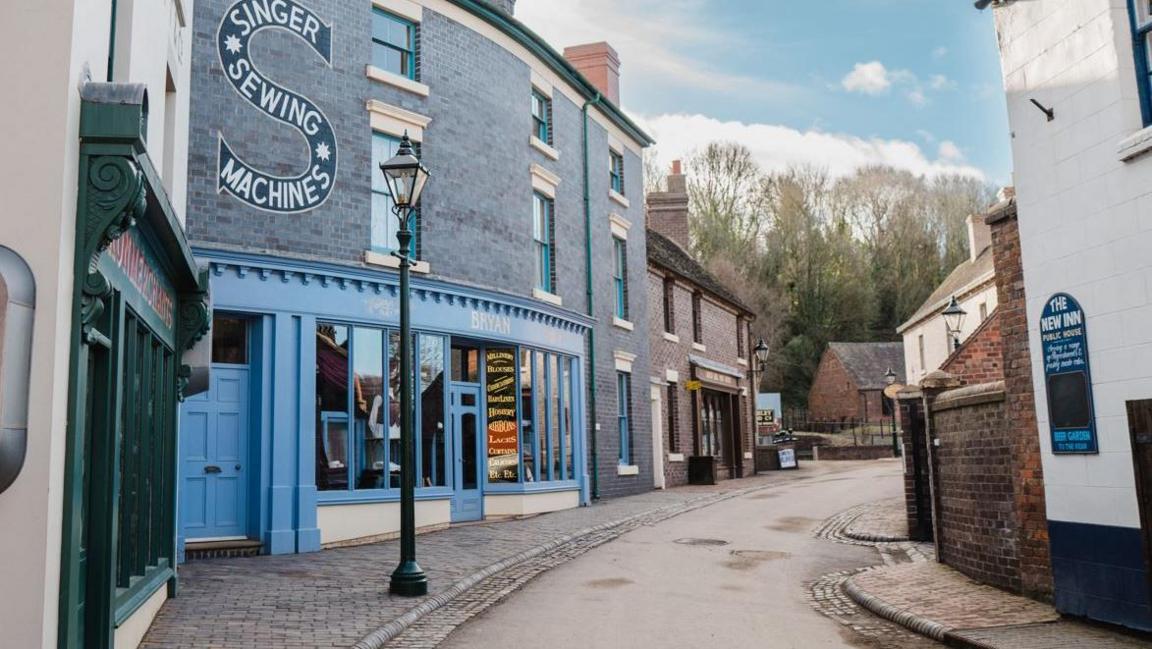
Blists Hill Victorian Town is one of the biggest attractions in the Ironbridge Gorge
The National Trust has said it aims to increase annual visitor numbers to 600,000 in the long term, and Ms Davies said: "We consider ourselves to be very fortunate the National Trust recognised the absolute uniqueness of Ironbridge."
She said the "stories that we tell you can't find that anywhere else in the world," and it would be up to the National Trust to decide how to tell that story.
Ms Davies also said: "The whole idea of government investing the £9m is that the National Trust will have the ability to invest in all our sites and bring them to life more."
No immediate impact on jobs
Ms Davies said it was too early to talk about the impact on jobs, but in the short term all employees would move over to the National Trust when the takeover is completed in the spring.
"We haven't started to discuss operational plans with the National Trust," she added.
The future of the Ironbridge Gorge Museum Trust is more certain, however, and she said the organisation would be wound up in mid-2026.
Get in touch
Tell us which stories we should cover in Shropshire
Follow BBC Shropshire on BBC Sounds, Facebook, external, X, external and Instagram, external.
Related topics
- Published16 October
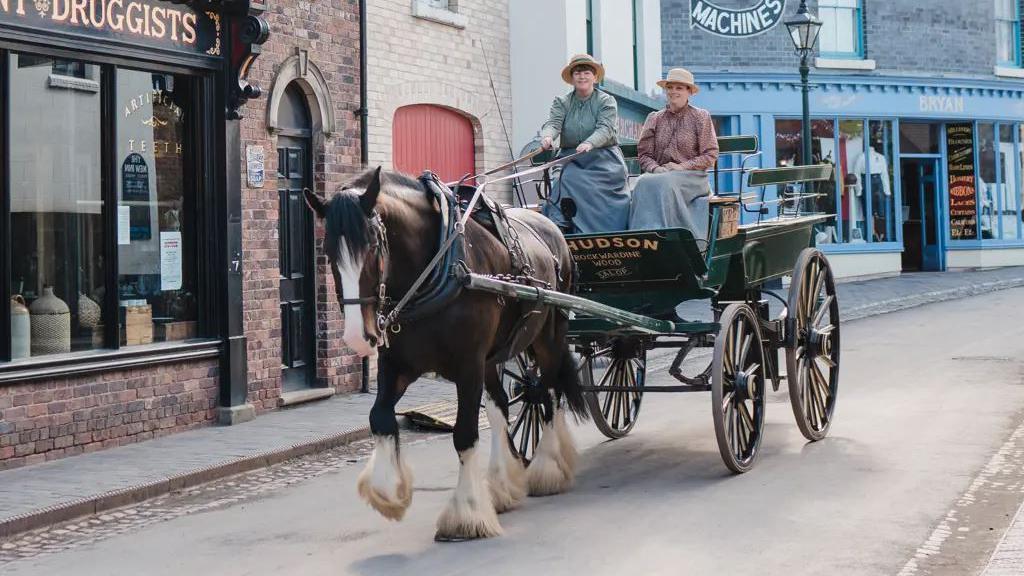
- Published20 September
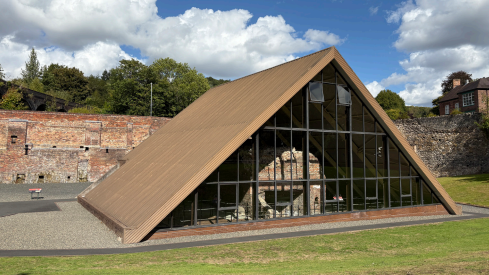
- Published14 June 2024
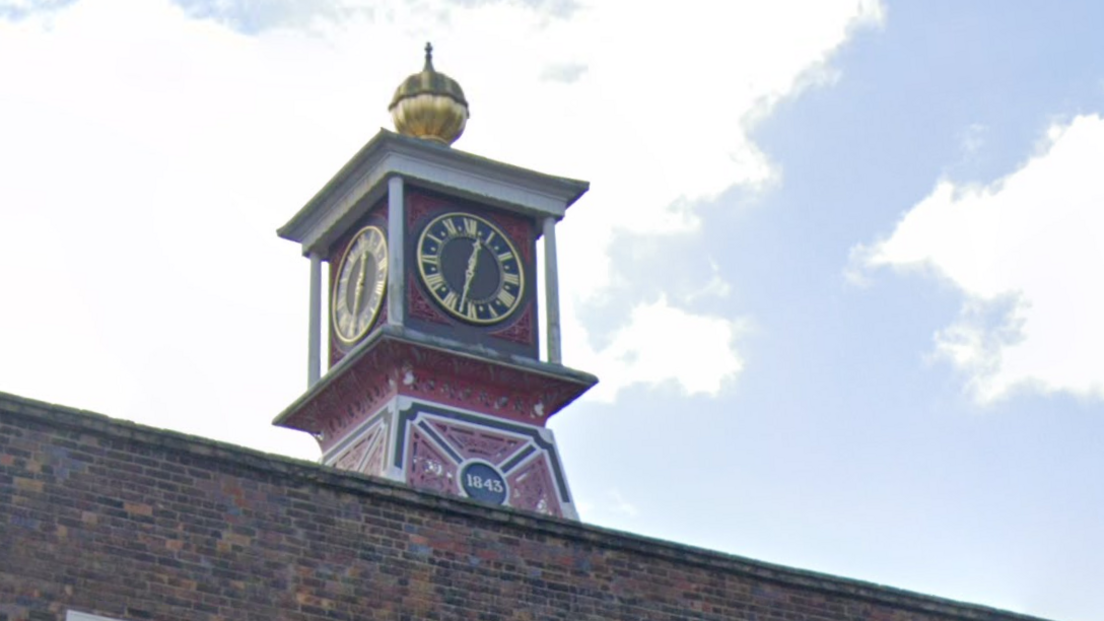
- Published19 March 2022
